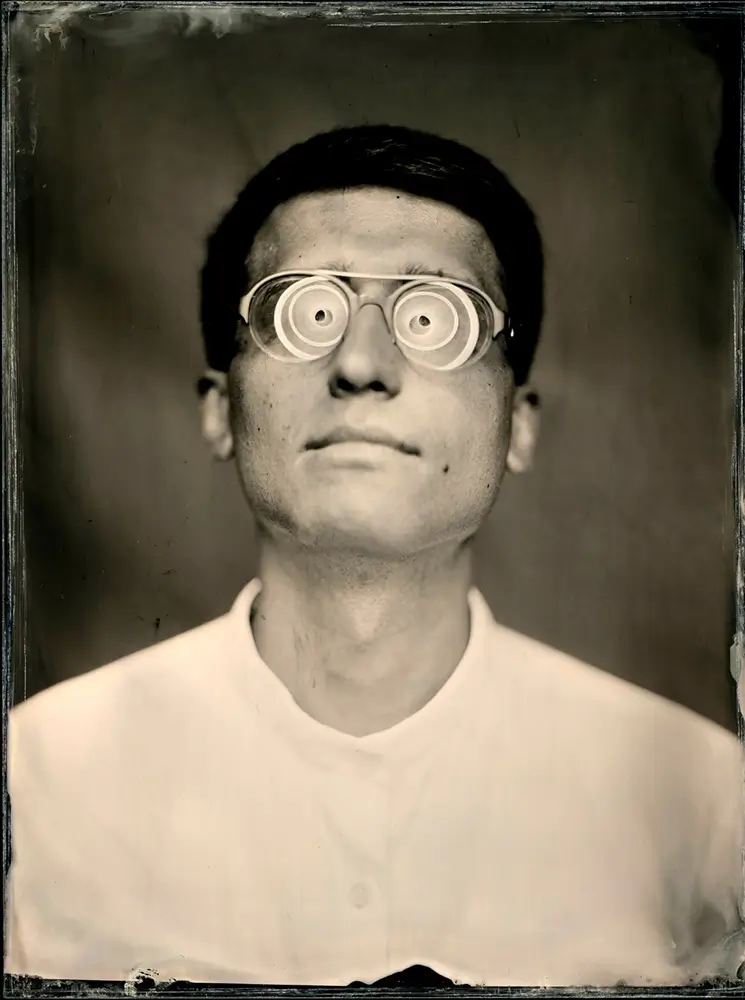Born in 1995 in Wroclaw, Lukasz Spychala "Koneser" is a Master of Science in Computer Science by education and an award-winning photographer from passion. In 2024 he became a full member of the Association of Polish Art Photographers (ID no. 1375). His photos have been included in several exhibitions, published in many international websites and artistic magazines.
In fact, he shoots with the traditional Japanese Mamiya RB67 Pro-S medium format camera using black and white, color and diapositive photographic films. His favourite types of photography are female portrait and nude photography, in which he excels. Lukasz’s portfolio also includes works in the genres of Fine Art, cinematographic, conceptual and storytelling photography. His greatest award was being named "Professional Analog/Film Photographer of the Year" in the International Photography Awards 2022, and he was named "Nude Photographer of the Year" in the Monochrome Photography Awards 2023 and "Amateur Fine Art Photographer of the Year" in the 10th Fine Art Photography Awards and "Technique Photographer of the Year" in the Analog Sparks International Film Photography Awards 2024.
AAP Magazine:
AAP Magazine #48 Portrait